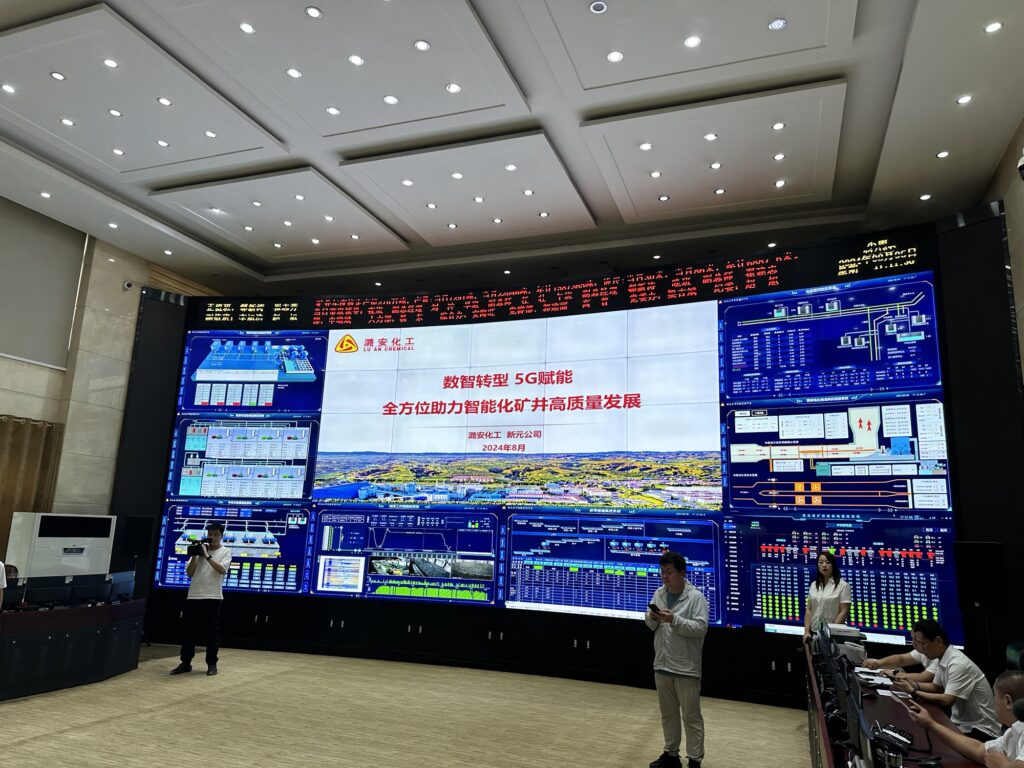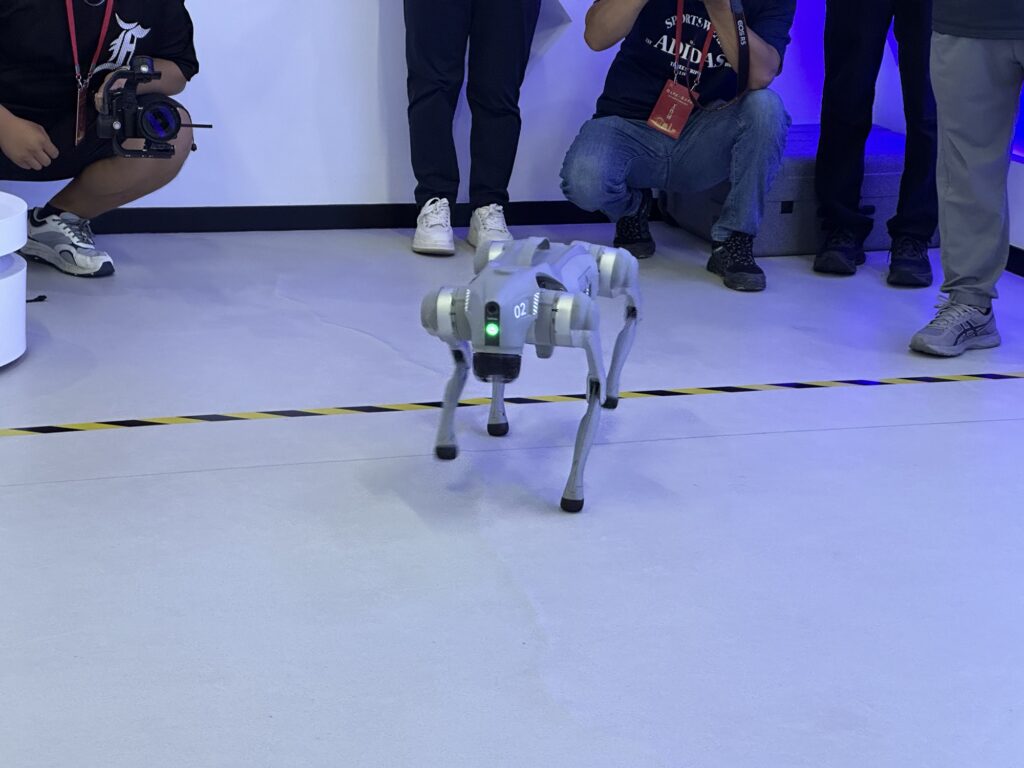“While preserving its traditions, Shanxi is also showcasing new advancements in rural revitalization and industrial transformation,” said Wang Guanlun, chief editor of Australia’s Chinese media platform YeeYi Net. Previously, his understanding of Shanxi was shaped by local cultural symbols such as coal, vinegar, and ancient architecture.
This week, over 20 representatives from Oversea Chinese Media across more than 10 countries, including Japan, Canada, and Argentina, spent five days visiting Jinzhong and Jincheng in Shanxi.
At Luan Chemical Group Xinyuan Company in Shouyang, Jinzhong, China’s first 5G coal mine has been established. Now, “white-collar” coal miners can operate equipment and monitor underground data transmission with just a click of the mouse from their computers. “The integration of modern technology with traditional industries has completely changed my perception of coal production,” said Zeng Xiaohui, president of The China Times.

Zhang Wei, an electrical grid monitoring operator in the company’s Mechanical and Electrical Power Department, recalled his early days as a coal miner over a decade ago: “We used to wear work clothes, carry self-rescue devices, miner’s lamps, and other equipment, and descend into dark, damp mines filled with coal dust. Afterward, we had to shower and change clothes.” Today, his new uniform is a white shirt, and his new “colleagues” are mining robots.
In the Jincheng Economic and Technological Development Zone, the representatives visited several companies to learn about the city’s optoelectronics industry. They played chess with intelligent AI robots, interacted with smart robotic dogs, and observed nearly 2,000 LED production machines continuously producing LED bulbs.
“Interacting with the smart robotic dog and seeing it flip over was a first for me. Although I had seen robotic dogs before, this was the first time I saw one that could flip,” said Cai Youming, chief editor of the Philippines’ Commercial News. He added that Shanxi, with its natural resource advantages, has the potential to further advance by nurturing industries and talent.
Over the past three years, Jincheng’s optoelectronics industry has grown at an average annual rate of 42%. The city has consolidated more than ten vocational schools to form the Optoelectronics Vocational Education Group, and the Shanxi Institute of Science and Technology has established an Optoelectronics Industry Academy, which annually trains 1,600 undergraduates in optoelectronics and more than 13,000 skilled workers. “The focus on talent development shows me the potential for industrial growth in Shanxi,” Cai noted.

Many of the Overseas Chinese Media representatives expressed their mpressions of Shanxi using words like “astonishing,” “shocking,” and “transformative.”
At Yuhuang Temple in Jincheng, known as China’s ancient “planetarium,” the Yuan dynasty sculptures of the Twenty-eight Lunar Mansions are preserved as unique cultural relics. “While developing cities and industries, the ancient architecture and culture are meticulously protected, demonstrating the local vision,” said Sun Yumei, vice president of the Romanian European Overseas Chinese Newspaper.
“Shanxi has a profound historical culture, beautiful natural scenery, and advanced industrial development. My experience in Shanxi was completely different from my previous impressions,” Sun added. “The spirit of the people in Shanxi also differed from what I had imagined. Whether in their lifestyle or work attitude, they are striving forward.”
